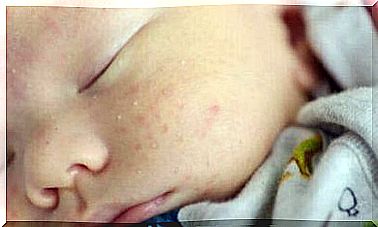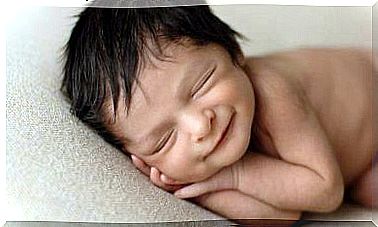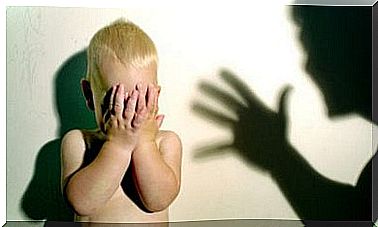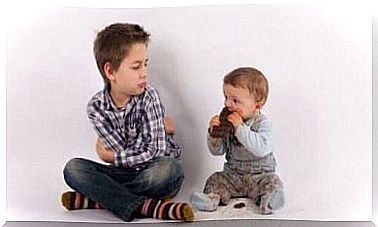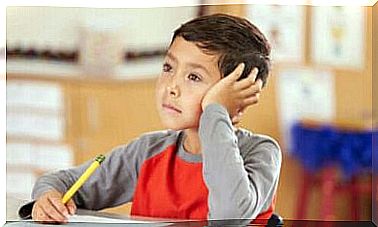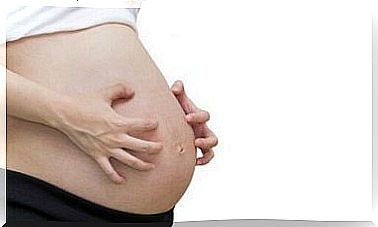Stages For Crawling Babies
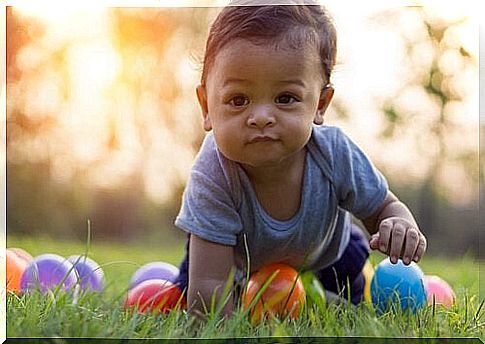
A baby’s development happens in stages, which means that after one skill is learned, it will help another to come. To begin with, the baby begins with simple functions, after which he begins to learn more complex skills.
For example, before they start walking, the baby will go through stages of crawling babies. This will help him walk from one place to another, as well as prepare him to start using his legs.
The parts of the nervous system work in a coordinated way. Each area interacts with others so that all of the baby’s abilities develop properly.
This development is straightforward, from top to bottom, as evidenced by the law of cephalo-caudal development; that is, from head to toe.
On the other hand, the law of proximal-distal development starts from the center of the body and goes outward.
How are the stages for crawling babies
Infants will start the stages of crawling babies, crawling around at the end of their first year.
But we must first emphasize that each child develops at his or her own pace and not all children go through these stages of crawling babies. In other words, some children learn to walk without having to crawl first.
The development of movement is divided into gross motor skills and fine motor skills.
Gross motor skills deal with postural control, movement, and body coordination. Fine motor skills are related in hand-to-eye coordination, graphomotor skills, etc.
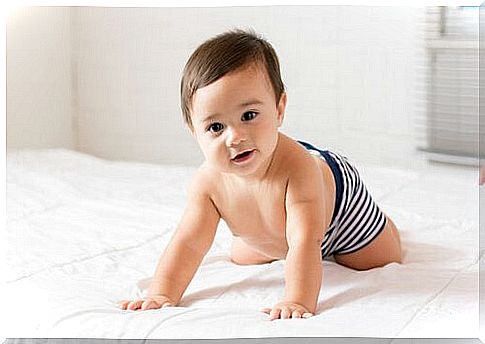
When the child is able to keep his head straight and stretch his arms, he can learn to turn around. This will help him to start developing certain new skills.
The phases of crawling and walking require rotational movements that are independent of the shoulders and hips, which are also synchronized.
Skills that come into the crawling phase are:
- Rhythm
- Coordination
- Body dimensions
- Development of the limbs
Tips to promote crawling
Thanks to crawling, the child can develop touch, sight, speech, orientation, perception, balance and various movements.
Here are some tips to help your child learn to crawl. If you notice that he is starting to put himself in these positions, you can start putting these tips into practice:
- When the child begins to move with his hands, you can stand behind him and straighten his legs to make the synchronous movement, of crawling. The most important thing is that the child wants to move and uses some of his body to do so.
- When the child is sitting, it is important to help him support his hands forward. At the same time, he should bend his knees and straighten his feet backwards. This way he will be in a crawling position.
- When the child is in a crawling position, he gradually learns to go from sitting position to crawling position. He discovers that he can go back and forth when he is in this position.
- After this process, he should start to see that if he presses his knees against the ground, he gets a small push that is just what he needs to crawl. Finally, he begins to move. It is ideal for him to practice this technique to perfection.
Developmental benefits of crawling
A child’s motor activity is related to the development of his intelligence. Thus, crawling also provides some important benefits at the learning level, which include:
- The shared movement patterns involve the neurological function that enables bodily shifts. It consists of moving the right arm at the same time as the foot on the opposite side and doing the same on the other side. When babies crawl, they tone their muscles, which allows them to tone their spine, to later be able to stand upright.
- Crawling helps babies with exercise and improve their vision. They learn to focus both eyes at a distance of 30-40 centimeters.
- The vestibular system is developed, which is responsible for regulating the balance.
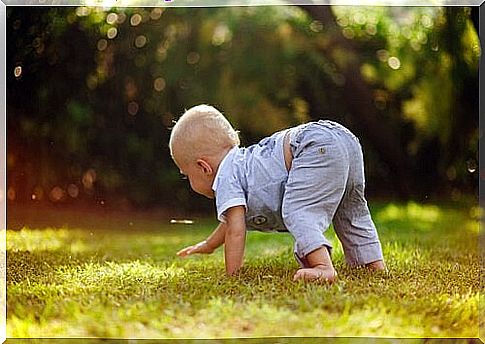
- Crawling stimulates the tactile sensors in the fall.
- In the stages of crawling babies, hand-to-eye coordination matures .
- It connects the neurolithic hemispheres that create information pathways for the maturation of cognitive functions.
- It helps establish lateralization of the brain around the age of 5-6 years.
- Children develop their communication skills by exploring and interacting with their world.
Learning to crawl is very important for babies, at the same time it provides many benefits. Try to stimulate crawling with these tips so your child can learn it as quickly as possible.
